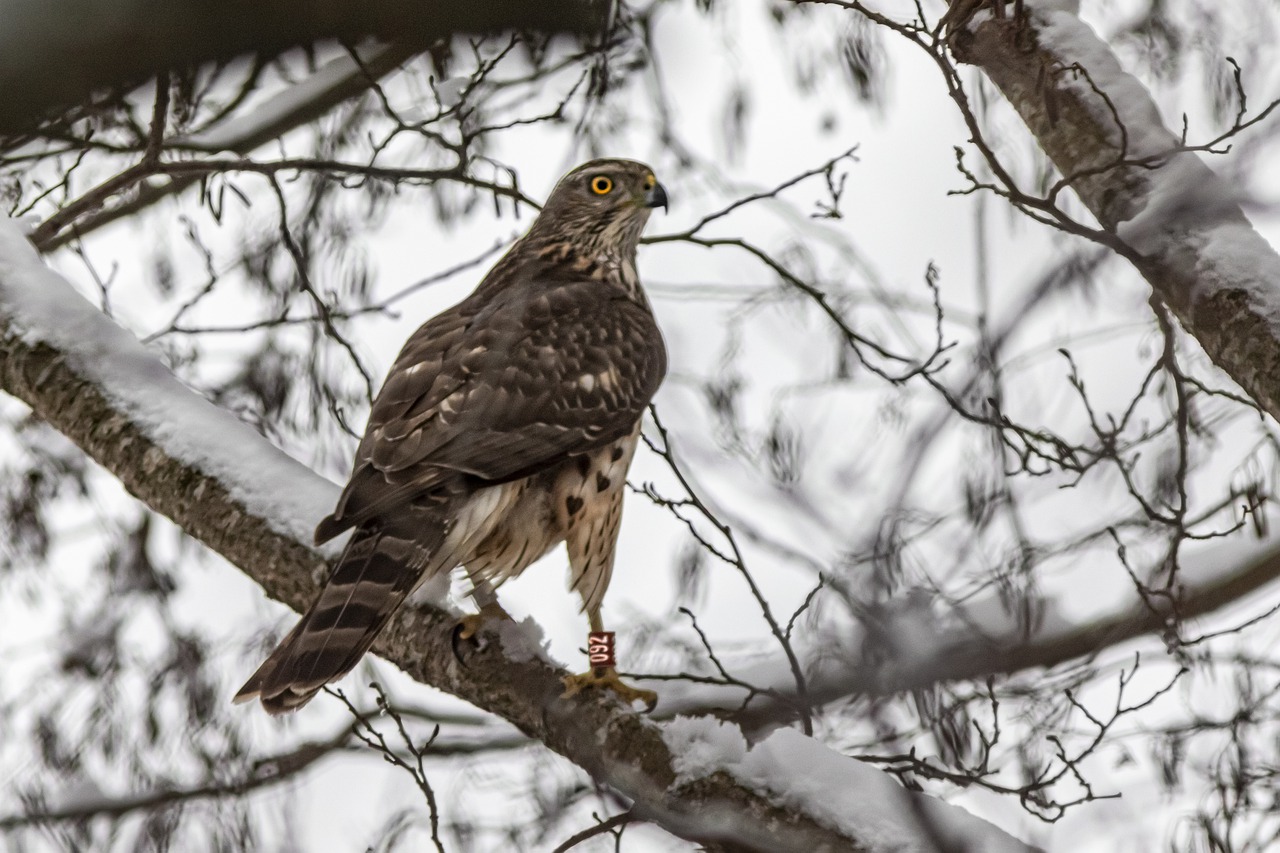Survival and population development of the Goshawk Accipiter gentilis in Sweden
DOI:
https://doi.org/10.34080/os.v3.23050Keywords:
breeding success, population studies, mortality rate, bird ringing, bird banding, ringing recoveries, bird of prey, raptorAbstract
In this study I have used recovery data from 691 Goshawks Accipiter gentilis that were ringed as nestlings between 1971 and 1990. The survival of the Goshawk was 34.4% in the first year, 61.6% in the second year, and 73.5% thereafter. Only 20% of the Goshawks reached an age of 2 years and 2 months, i.e. the age when they make their first breeding attempt. I used data on survival and reproductive success to estimate if the Swedish Goshawks had a stable population size. Provided that all breeding attempts are successful, the population is rather stable (x = +0.8%, 95% confidence limits: -7.6% +9.2%). With a more reasonable estimate of successful breeding attempts (30% of first time breeders, 60% of second time breeders and 100% of thereafter) the population is decreasing with on average 9%. A comparison of mark-recapture data from Swedish Pheasant farms suggests, however, that the Swedish Goshawk population has been rather stable during the 1980s.
Downloads

Downloads
Published
How to Cite
Issue
Section
License
The copyright of each contribution belongs to the author(s), but all contributions are published under a Creative Commons license, so that anyone is free to share and reuse the contribution as long as the copyright holder is attributed.







